A little Manual
Creating Parity Volume Sets
Okay, let's say you have some rar volumes.
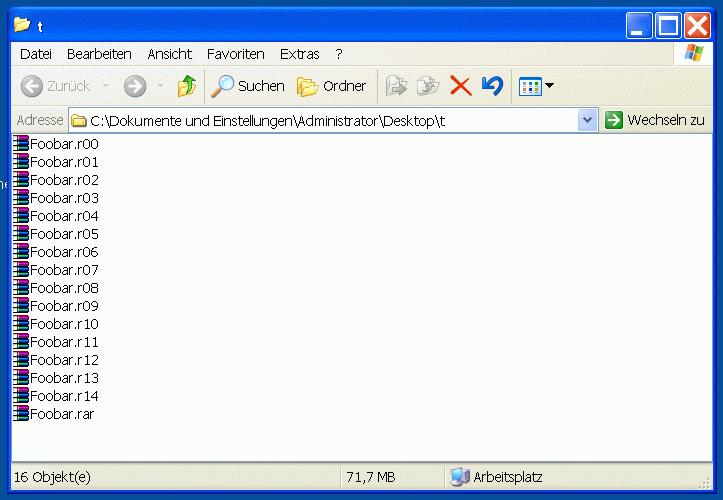
You want to create a parity volume set for them. So start Mirror.
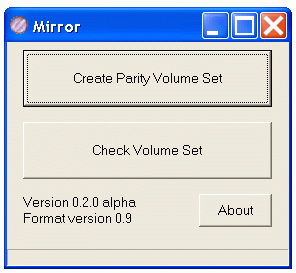
Choose "Create Parity Volume Set". A file dialog opens...
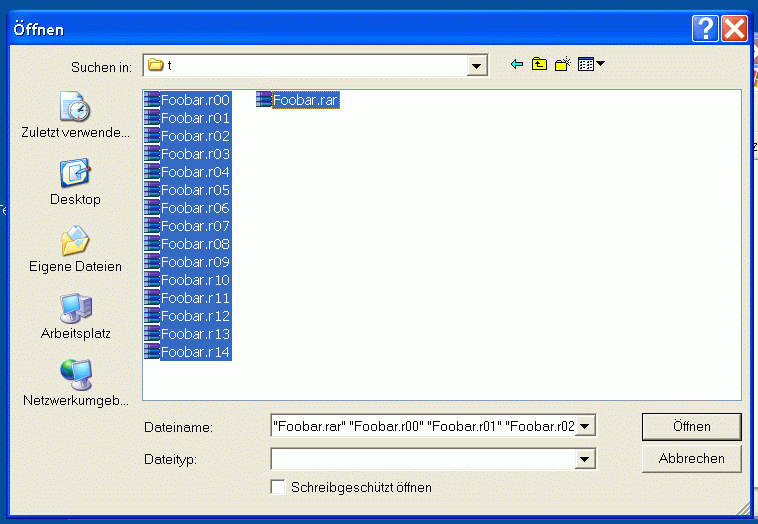
Select all files (max. 250), you want to include in the set, and open them.
Mirror will now scan the files and creates their checksums.
When ready, a properties dialog opens.
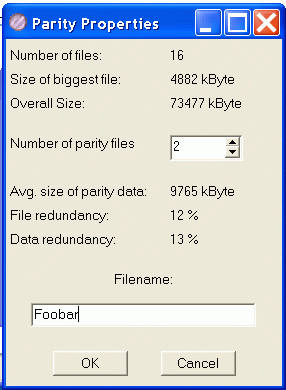
Here you can set the filename and how many parity volumes you want. Warning! If a file already exists, it will be overwritten.
I recommend to leave the suggested values for 10% file redundancy. When done, click OK.
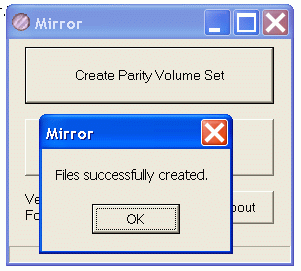
When done, you'll get this message. There are no error or exception handlings in the code. So you should check the created files.
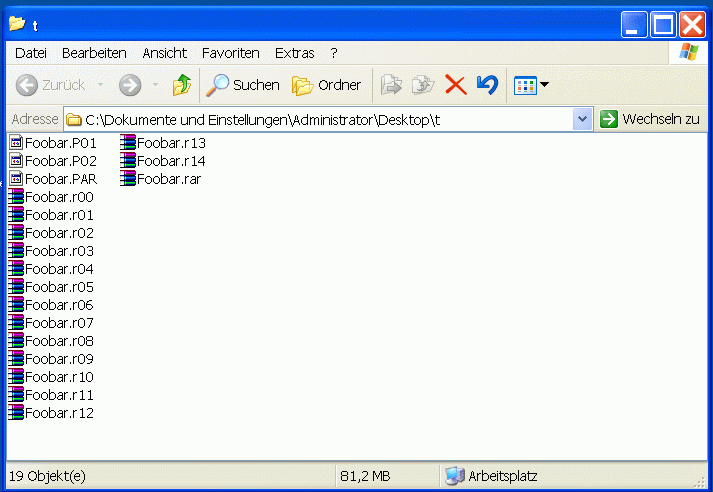
We have now 3 new files: A small index file (PAR) and two volume files (P01, P02).
A volume is approx. as big as the biggest 'stored' file. So they should be as big as the rar volumes. (with a few bytes more)
There are some restrictions:
-You cannot create more parity volumes than files.
-Files + parity volumes can't exeed 255.
New in v0.2.1:
If you selected a small information or checksum file (.nfo, .sfv etc.) too, you get this message
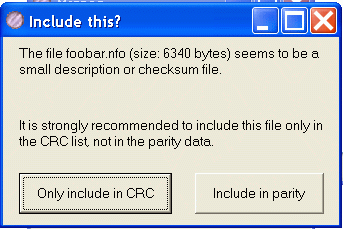
Because this file contains no vital archive data, Mirror asks not to include it in the parity data. You should only include it in the CRC list. So the file can be verified, but if it's missing, it will not count as a missing file for restoring.
If you think, it is vital for the post and want to include it in the parity data too, choose "include in parity".
Back






